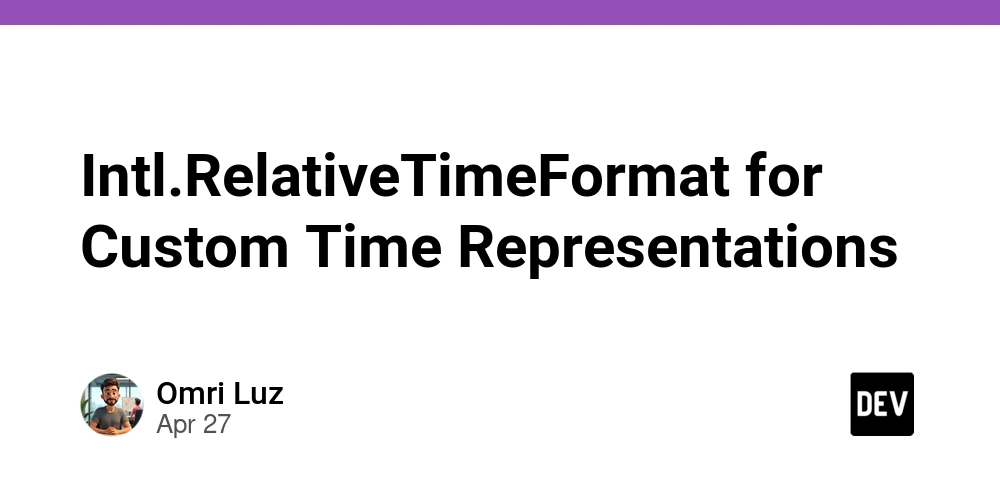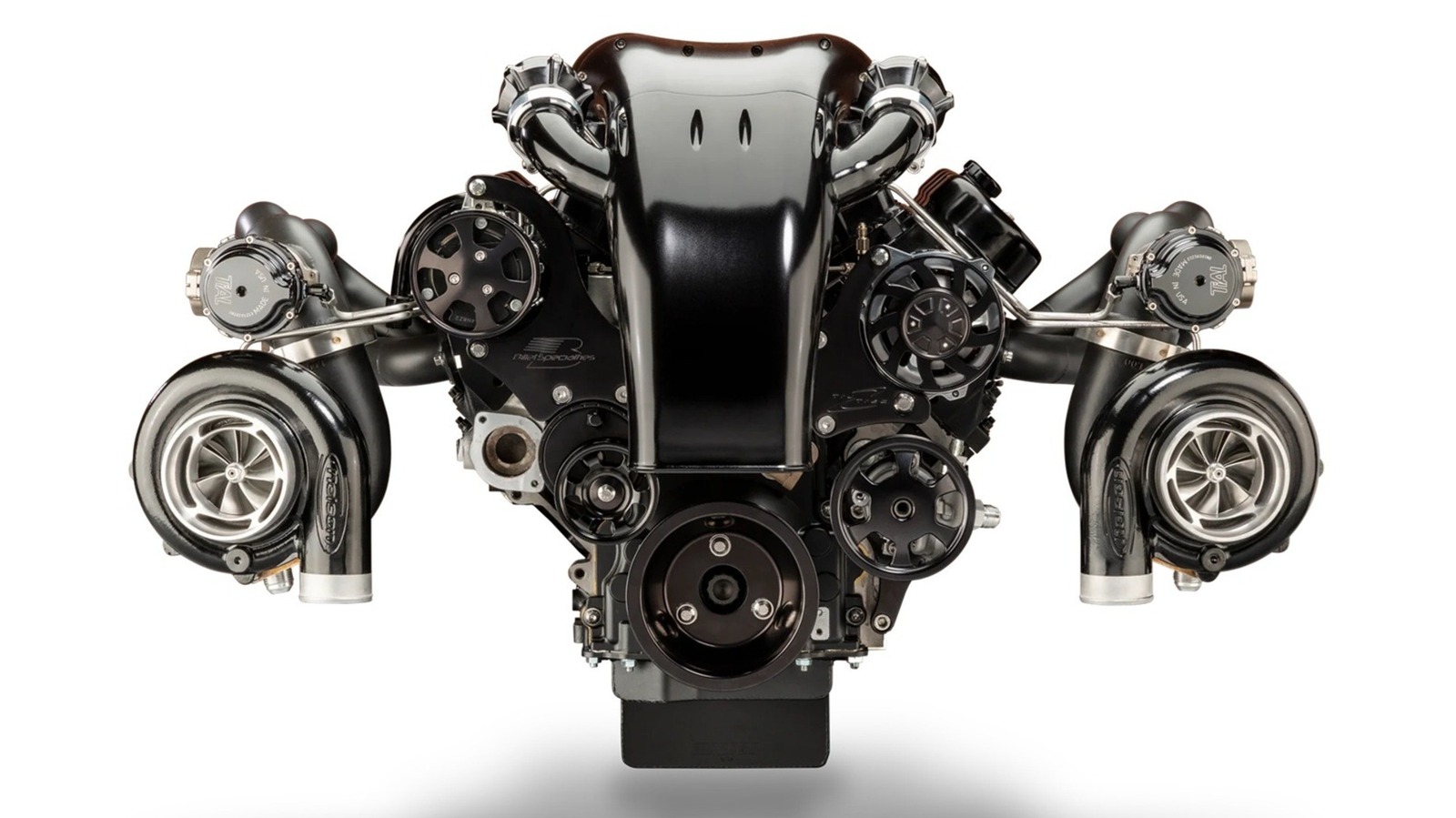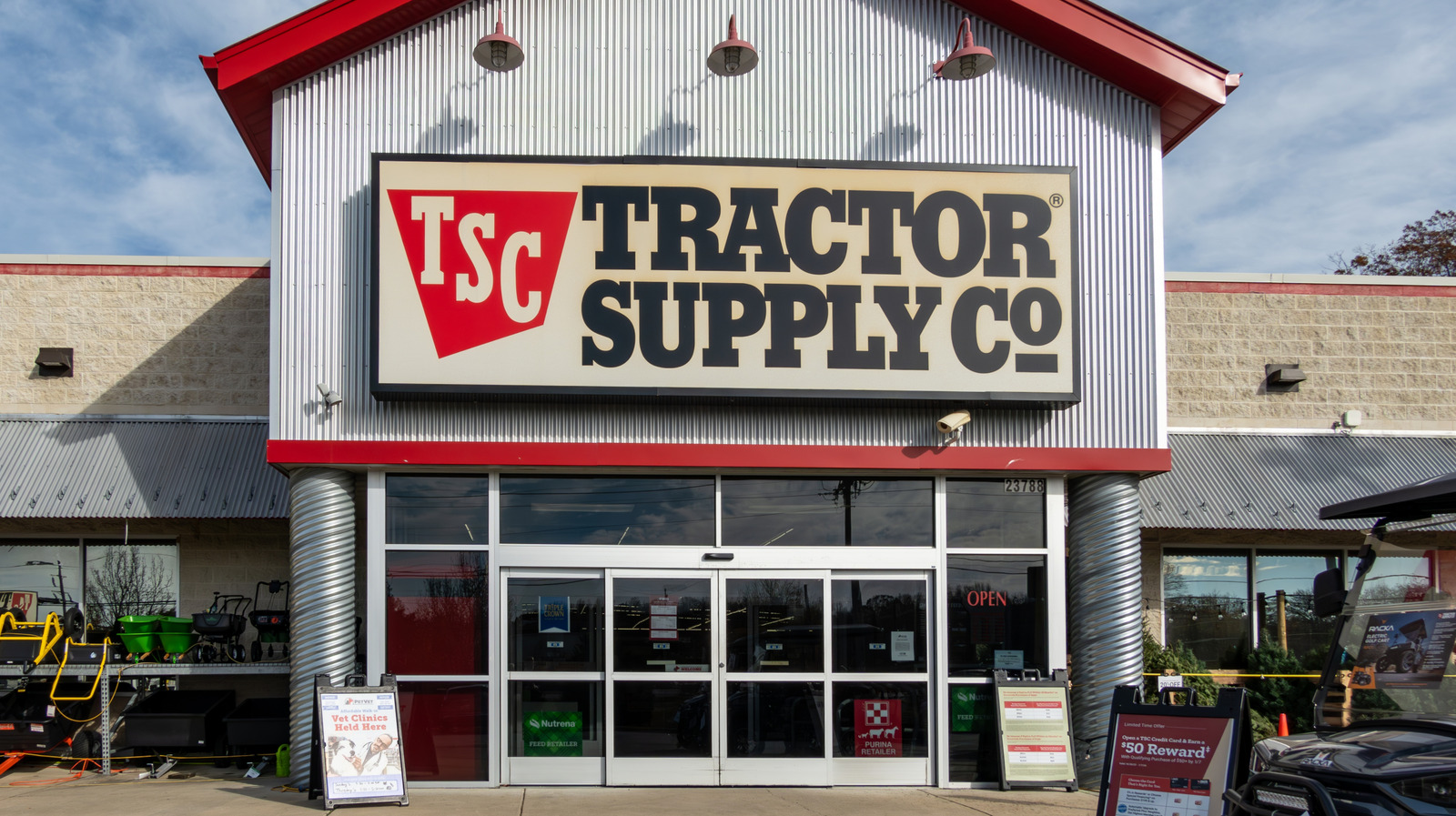Building Scroll-Linked Parallax Effects in Pure Tailwind and Vanilla JavaScript
Parallax scrolling — where elements move at different speeds relative to scrolling — can make a website feel deeply dynamic. Most people use heavy libraries like GSAP for this. But today, we’ll build a clean, efficient scroll-linked parallax effect with just Tailwind CSS and vanilla JavaScript. No external dependencies. Why Go Pure? Benefits include: Massively reduced page weight Customizable to any design system Better performance for mobile users Step 1: Create Your Layers Each parallax layer gets a basic Tailwind setup: Scroll Down Step 2: Basic JavaScript for Parallax This snippet calculates parallax based on scroll position: const parallaxEls = document.querySelectorAll('[data-parallax]'); window.addEventListener('scroll', () => { const scrollTop = window.pageYOffset; parallaxEls.forEach(el => { const speed = parseFloat(el.getAttribute('data-speed')); el.style.transform = `translateY(${scrollTop * speed}px)`; }); }); Step 3: Tuning Speeds Per Layer You can assign different speeds to different layers with data-speed. Smaller values (e.g., 0.1) move slower (background feel), larger values (e.g., 0.6) move faster (foreground feel). Bonus: Smoother Motion with requestAnimationFrame For buttery smoothness, swap in a rAF loop instead of basic scroll event: let latestScroll = 0; let ticking = false; window.addEventListener('scroll', () => { latestScroll = window.pageYOffset; if (!ticking) { window.requestAnimationFrame(() => { parallaxEls.forEach(el => { const speed = parseFloat(el.getAttribute('data-speed')); el.style.transform = `translateY(${latestScroll * speed}px)`; }); ticking = false; }); ticking = true; } }); Pros and Cons ✅ Pros No libraries — maximum control and minimal load time Fully responsive and easy to tweak per element Compatible with Tailwind’s utility-first workflow ⚠️ Cons Manual math if you want more complex motion curves Very fast scrolls might cause tiny visual tearing without fine-tuning

Parallax scrolling — where elements move at different speeds relative to scrolling — can make a website feel deeply dynamic. Most people use heavy libraries like GSAP for this. But today, we’ll build a clean, efficient scroll-linked parallax effect with just Tailwind CSS and vanilla JavaScript. No external dependencies.
Why Go Pure?
Benefits include:
- Massively reduced page weight
- Customizable to any design system
- Better performance for mobile users
Step 1: Create Your Layers
Each parallax layer gets a basic Tailwind setup:


Scroll Down
Step 2: Basic JavaScript for Parallax
This snippet calculates parallax based on scroll position:
Step 3: Tuning Speeds Per Layer
You can assign different speeds to different layers with data-speed. Smaller values (e.g., 0.1) move slower (background feel), larger values (e.g., 0.6) move faster (foreground feel).
Bonus: Smoother Motion with requestAnimationFrame
For buttery smoothness, swap in a rAF loop instead of basic scroll event:
Pros and Cons
✅ Pros
- No libraries — maximum control and minimal load time
- Fully responsive and easy to tweak per element
- Compatible with Tailwind’s utility-first workflow
⚠️ Cons
- Manual math if you want more complex motion curves
- Very fast scrolls might cause tiny visual tearing without fine-tuning































































































































































![[The AI Show Episode 143]: ChatGPT Revenue Surge, New AGI Timelines, Amazon’s AI Agent, Claude for Education, Model Context Protocol & LLMs Pass the Turing Test](https://www.marketingaiinstitute.com/hubfs/ep%20143%20cover.png)




























































































































![[DEALS] Koofr Cloud Storage: Lifetime Subscription (1TB) (80% off) & Other Deals Up To 98% Off – Offers End Soon!](https://www.javacodegeeks.com/wp-content/uploads/2012/12/jcg-logo.jpg)
























![Is this too much for a modular monolith system? [closed]](https://i.sstatic.net/pYL1nsfg.png)







































































































![M4 MacBook Air Drops to Just $849 - Act Fast! [Lowest Price Ever]](https://www.iclarified.com/images/news/97140/97140/97140-640.jpg)












_roibu_Alamy.jpg?width=1280&auto=webp&quality=80&disable=upscale#)




 CISO’s Core Focus.webp?#)







































































































![Apple Smart Glasses Not Close to Being Ready as Meta Targets 2025 [Gurman]](https://www.iclarified.com/images/news/97139/97139/97139-640.jpg)
![iPadOS 19 May Introduce Menu Bar, iOS 19 to Support External Displays [Rumor]](https://www.iclarified.com/images/news/97137/97137/97137-640.jpg)





































































































